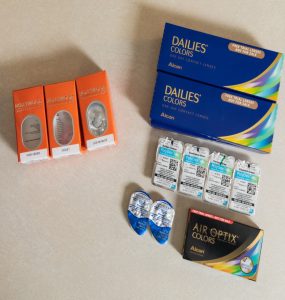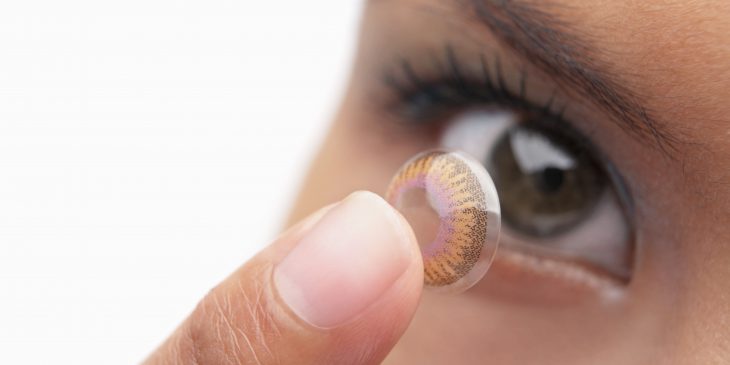Viewers of Netflix’s “The Witcher” were introduced this winter to the striking golden eyes of mercenary “Geralt of Rivia,” played by Henry Cavill. And while the show often features Geralt grimly overcoming dangerous situations, Cavill himself barely escaped a serious health threat while filming: permanent eye damage from improper use of colored contact lenses.
Actors like Cavill and cosplay enthusiasts can transform their eyes into impossible colors and sizes using colored contact lenses, which often are accessible with $30 and a few clicks of the mouse.
However, though colored contacts may seem like a harmless costume accessory, all contact lenses are considered by the FDA to be Class II or Class III medical devices. These are the same regulatory classifications assigned to insulin pumps and heart valves, as contact lenses can pose a significant risk to human health if misused or poorly manufactured.
According to the FDA, both vision-correcting and decorative contacts should only be purchased from approved manufacturers following an examination and prescription from a licensed eye doctor.

Deepinder Dhaliwal, M.D., Director, Cornea and Refractive Surgery Services, UPMC Eye Center
But while Cavill has said he was using colored contact lenses after consulting with an eye technician, a more pressing danger lies with the emergence of a black market of counterfeit and unregulated colored contact lenses. These devices often are produced without the oversight and quality control necessary to ensure a safe medical product.
Deepinder Dhaliwal, M.D., director of refractive surgery at the UPMC Eye Center, says contact lenses should never be purchased without a prescription, and consumers should be wary of any colored contact lenses sold readily within tattoo shops, beauty salons and online marketplaces.
Unlike FDA-approved colored contact lenses, these counterfeit colored contacts may be created using low-quality and toxic materials in non-sterile environments, exposing users to a variety of serious health risks.
“Even for one hour, if you put a counterfeit or unapproved contact lens in, you could cause severe, irreversible damage to your eye,” said Dhaliwal.
According to Dhaliwal, one of the major dangers from these counterfeit contacts lies in the pigments used to provide their characteristic color.
These unapproved and occasionally toxic pigments often can rub off onto the surface of the eye, causing significant damage to the protective clear dome of the eye known as the cornea.
Damage to the fragile outer layer of the cornea can expose the eye to microbial infections, which often manifest as cloudy, painful sores within the eye called corneal ulcers. While treatable, corneal ulcers can lead to scarring and irreversible damage to eyesight.

An example of an unregulated brand of colored contacts (left), compared to FDA-approved brands of colored contacts (right).
“We see contact lens-related corneal infections every week at the UPMC Eye Center because, unfortunately, contact lenses are one of the most common causes of corneal ulcers,” said Dhaliwal. “If you wear a colored contact lens, you have a 16-fold higher increase in getting an infection opposed to wearing contact lenses purely for vision.”
Dhaliwal also stressed that unapproved contact lenses can themselves be a source of potential infection, due to non-sterile production methods. She referred to a recent study by the FDA, which revealed that nearly a third of unapproved lenses examined tested positive for microbial contamination. Two of the contaminating microbes identified in the study, Pseudomonas aeruginosa and Bacillus cereus, are pathogenic bacteria known to cause severe eye infections.
While there are significant risks to using counterfeit or unregulated colored contact lenses, Dhaliwal says there are plenty of safe, FDA-approved colored lenses that can be purchased with a prescription.
“The right way to get a colored contact lens is to see your eye doctor, get a careful examination to see if your eye is healthy and if you are a good contact lens wearer,” said Dhaliwal. “Then you will be fit for the contact lens and given a prescription.”









